Retro Replay Review
Gameplay
Star Wars: Yoda Stories delivers bite-sized adventures that blend action, puzzle-solving, and exploration into an endlessly replayable package. Each session begins on Dagobah, where Yoda assigns Luke Skywalker a procedurally generated mission—ranging from rescuing captives to destroying Imperial outposts or recovering ancient artifacts. This randomness ensures that no two playthroughs feel identical, making the game perfect for short breaks rather than marathon sessions.
(HEY YOU!! We hope you enjoy! We try not to run ads. So basically, this is a very expensive hobby running this site. Please consider joining us for updates, forums, and more. Network w/ us to make some cash or friends while retro gaming, and you can win some free retro games for posting. Okay, carry on 👍)
The core gameplay revolves around navigating isometric worlds, interacting with NPCs, and trading or combining items to unlock new areas. Yoda always provides a starting item, while R2-D2 acts as an in-world hint system—dragging him onto objects or terrain highlights possible uses. Combat is straightforward: Luke’s lightsaber handles close-range foes, and dropped enemy weapons or thermal detonators fill the role of ranged arms. Health packs and rations keep you alive in hostile zones, and spaceports serve as respite points where medical droids restore your vitality.
Players have fine control over world generation and difficulty. You can choose small, medium, or large maps, adjust game speed and combat challenge, and even restart with a fresh layout at any time. Movement and actions are intuitive: left-click drags Luke, right-click uses the active item, arrow keys and spacebar offer a keyboard alternative, and holding Shift lets you manipulate movable blocks. This flexibility makes Yoda Stories accessible to veteran gamers and newcomers alike.
Graphics
While Yoda Stories doesn’t push late-’90s hardware to its limits, it offers charming, colorful visuals that serve gameplay clarity above all. The isometric tile sets are crisp, with distinct terrain types—deserts, forests, snowy plains—that make each planet easily recognizable. Characters and creatures are represented by simple, readable sprites that animate smoothly when attacking or using the Force.
Special effects, such as lightsaber swings, blaster shots, and minor explosions, are modest but effective. Particle effects are minimal, yet they convey impact without cluttering the screen. The UI icons for items and weapons are well designed, ensuring you can quickly glance at your inventory and know which tool you have equipped—vital in tense puzzle or combat moments.
Even with its retro style, the game includes small touches that enhance immersion: flickering torches in cave sections, gently falling snow on icy worlds, and subtle ambient animations in spaceports. These details, while not groundbreaking, go a long way toward creating a varied visual experience across dozens of randomized maps.
Story
Story takes a backseat in Yoda Stories, treated more like a framework than a driving force. Set loosely between Episodes IV, V, and VI, the narrative premise is simply that Yoda dispatches Luke on urgent missions across the galaxy. There’s no overarching plot arc—each mission is self-contained, with its own stakes conveyed in a short briefing from the Jedi Master.
This minimal storytelling approach pays off by keeping the action moving. You’re not bogged down by cutscenes or long expository dialogues; instead, you dive straight into exploration and puzzle-solving. Friendly NPCs pepper the landscape, offering hints, trades, or lore tidbits that add flavor without halting momentum. Occasionally, you might overhear Imperial chatter or find holocrons that nod to the wider Star Wars universe.
For fans craving deeper narratives, the absence of a cohesive storyline can feel underwhelming. However, the game’s goal is clear: provide fast, repeatable adventures with just enough Star Wars flavor to keep you invested. In that respect, Yoda Stories succeeds brilliantly as a diversionary experience rather than a cinematic saga.
Overall Experience
Star Wars: Yoda Stories shines as a casual, on-the-go title for fans of short, action-puzzle sessions. Its procedural generation and adjustable settings guarantee fresh missions whenever you want them, and the straightforward controls make it an excellent time-killer between more demanding games or tasks. The game’s compact scope—combined with LucasArts’ trademark polish—results in a lean, focused experience.
Repetition is the main drawback: after dozens of runs, the underlying puzzle structures and mission types begin to show their patterns. Yet the simplicity is also its strength, allowing you to pick up the game instantly without reading lengthy manuals or tutorials. The bonus “Star Wars: Making Magic” feature on the CD-ROM adds collectible value, offering behind-the-scenes insight into the Special Edition films.
Ultimately, Yoda Stories is best suited for dedicated Star Wars enthusiasts or anyone seeking quick, bite-sized gameplay with a familiar setting. It won’t replace epic RPGs or sprawling open worlds, but as a desktop diversion, it remains a charming relic of late-’90s design—and a fun way to wield a lightsaber in short intervals whenever the Force calls.
 Retro Replay Retro Replay gaming reviews, news, emulation, geek stuff and more!
Retro Replay Retro Replay gaming reviews, news, emulation, geek stuff and more!
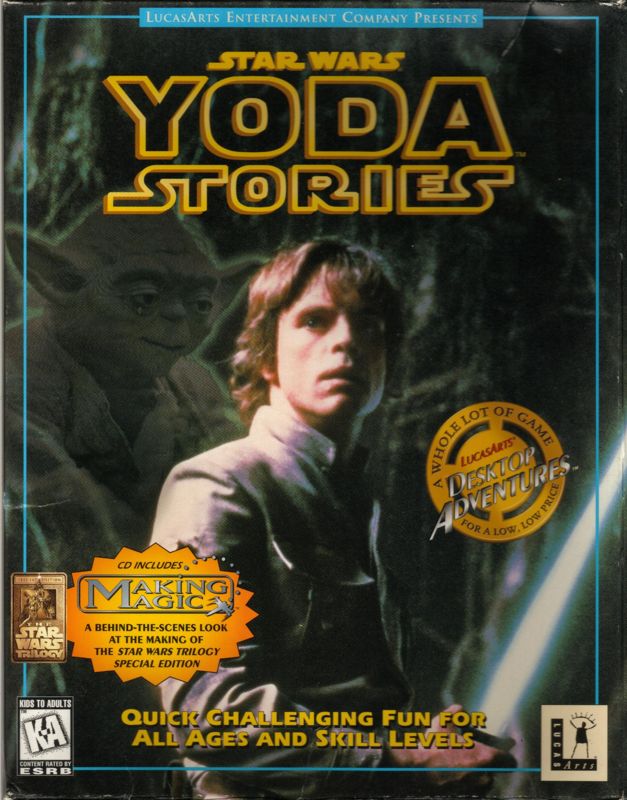
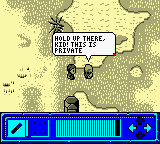
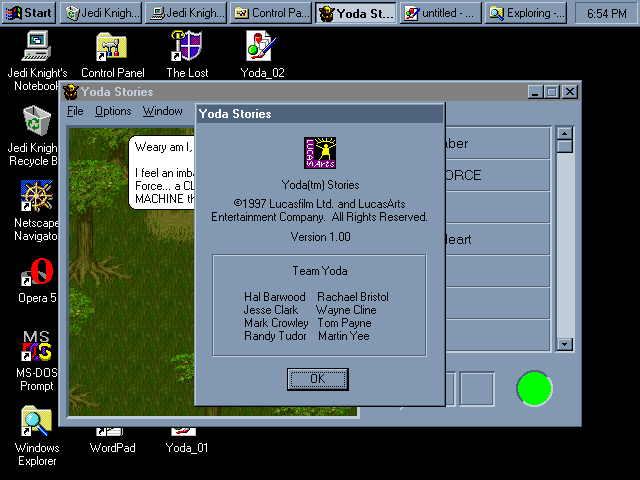
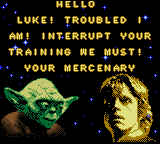
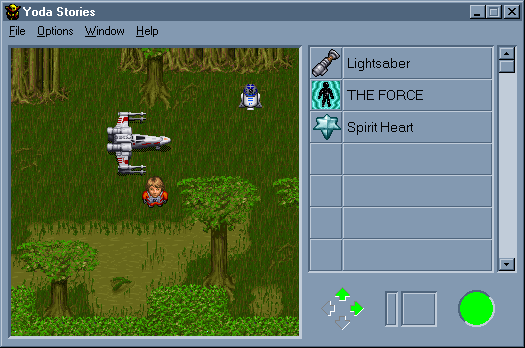
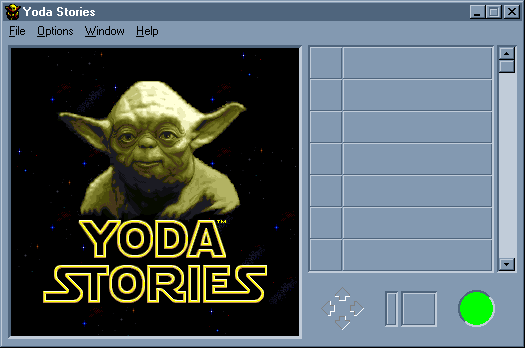

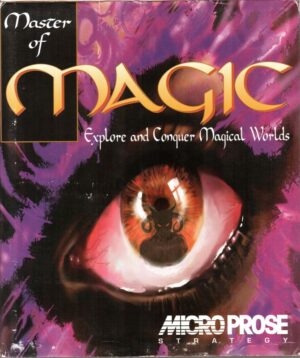

Reviews
There are no reviews yet.